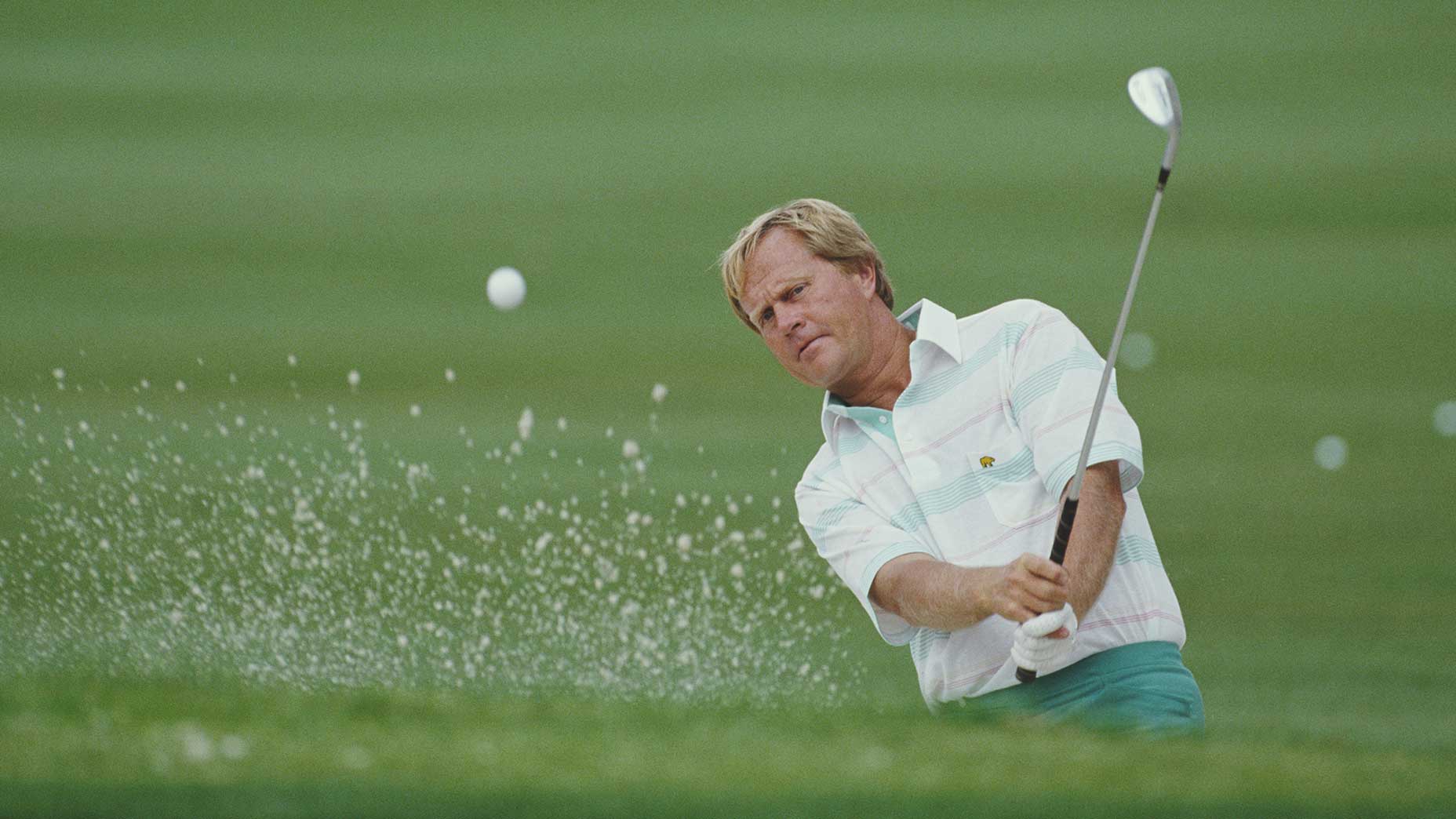There are few worse things in the game of golf than blading a wedge. It looks bad, feels bad, and typically is enough on its own to ruin a hole. But more than destroying your scorecard, bad wedge shots reflect a specific, fixable problem with your short game: consistency. In today’s Flashback Jack, Nicklaus reveals his secrets to a more consistent short game, whether you’re taking a full flop shot or trying to execute the perfect bump-and-run.
“The average golfer either has a shot coming into the green that’s too hard or too soft,” Nicklaus says. “He either tries to play the ball back in his stance and drill the ball into the ground, or he tries to play the ball up in his stance and lift it up on the green.”
Ideally, your chips should approach the green at a consistent, predictable ball flight. This will afford you the opportunity to be more aggressive with your short game shots and should leave you with a higher percentage of makeable putts.
To start achieving more consistency in your short game, Nicklaus recommends tweaking the bottom of your swing.
“What [the average golfer] really wants to do is catch the ball at the bottom of the downswing,” he says. “[You can do that] by placing the ball off the left heel and use a great deal of hands in returning the club to its original, designed position.”
Take a second and tweak your setup to reflect Nicklaus’ model. Focus on keeping the ball toward your front foot and getting your hands back to the original impact position. Once you’ve found a consistent location for the bottom of your swing, you should naturally begin to see and feel consistent with your chips.
Nicklaus argues if the average golfer follows his keys, sets up correctly and trusts their swing, the fix should come quickly.
“I think he’ll find himself a lot more consistent with that type of shot,” Nicklaus said.
